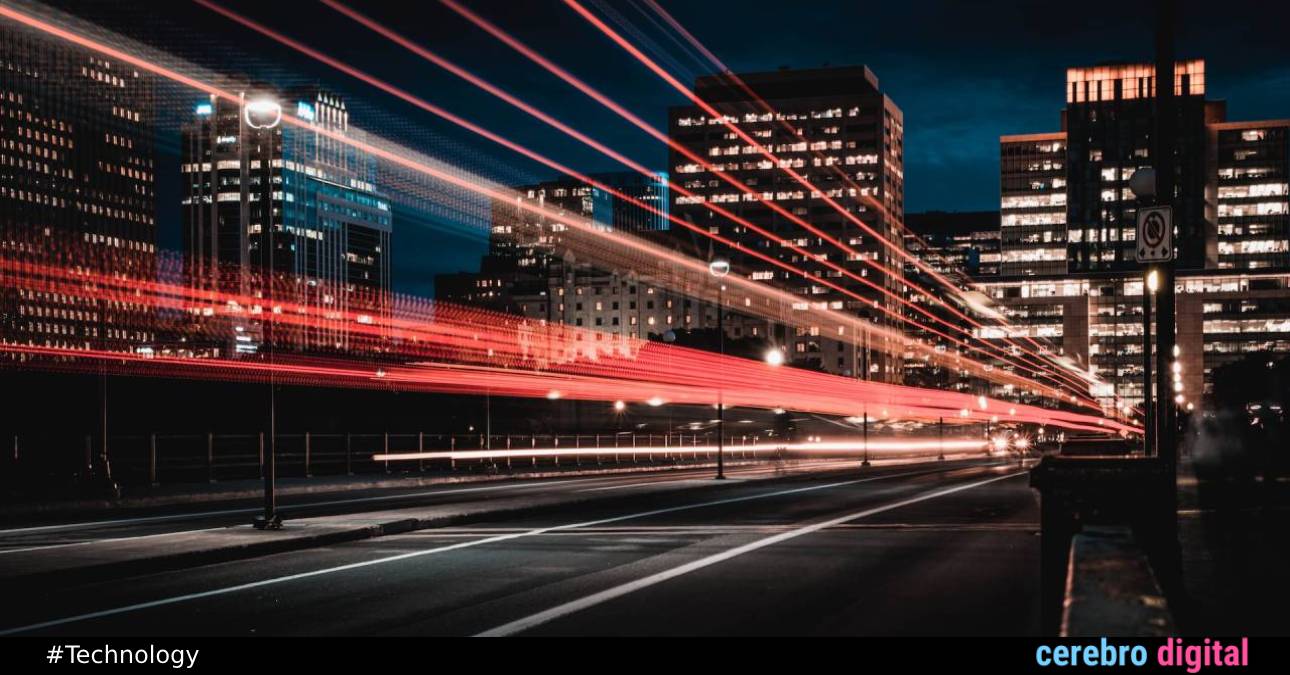
The concept of a smart city, or Smart City, is the result of an increasingly pressing need to move our lives towards sustainability. In this way, they rely on infrastructure, innovation, and technology to reduce energy consumption and pollution.
What is a smart city?

Basically, a smart city is an urban area that integrates digital technologies into its networks, services, and infrastructure with the aim of improving the efficiency and quality of life for both its residents and the businesses that operate within it.
According to the European Commission, it is characterized by:
- Smart urban transport networks.
- Improvement of water supply and sewerage facilities.
- More efficient ways to light and heat buildings.
- A more interactive and responsive municipal administration.
- Safer public spaces.
In summary, a smart and sustainable city uses Information and Communication Technologies (ICT) to enhance the quality of life, efficiency, and competitiveness while addressing the current and future needs of its residents.
According to the United Nations Economic Commission for Europe (UNECE), the definition of a smart city also includes elements such as Internet connectivity in homes and public areas, smart infrastructures, smart electric meters, open data, and electronic administration.
Characteristics and Traits of Smart Cities

Smart cities are characterized by having digitalized buildings, infrastructure, mobility, housing, and energy:
Smart Buildings
Designed to be energy-efficient, they operate on renewable sources and have advanced digital energy management systems.
Smart Infrastructure
Parks, bus stops, and street lighting equipped with digital technologies, interconnected, modular, and multifunctional.
Smart Mobility
The use of electric vehicles powered by renewable energy and digitized charging stations accessible via applications.
Smart Energy
The use of smart grids to bring renewable energy to cities, with storage systems managed by software platforms to maximize efficiency.
Smart Technology
The use of digitization for efficient city management and the improvement of residents’ quality of life.
Smart Homes
Houses that maximize energy resources and reduce expenses, incorporating smart devices and appliances, as well as remotely controlled heating, cooling, and security systems.
Operation of a Smart City

The smart city employs Internet of Things (IoT) devices, such as sensors, lights, and connected meters, to collect and analyze data. This data is used to improve infrastructure, public services, and everyday tasks, increasing public safety, optimizing traffic, and addressing environmental issues.
The benefits of a smart city include a better quality of life, cleaner air, reduced pollution, energy savings, and a reduced carbon footprint, making it more sustainable and resilient. These advantages also position it to follow the principles of the circular economy, promoting recycling, the use of renewable energy, and the extension of product lifecycles.
A digital city is connected to the Internet and uses technological platforms for information and communication management. A smart city goes further by integrating digital technologies into its networks and services for optimal management and a tangible improvement in the quality of life.
In summary, a city cannot be considered smart before it becomes digital, and circular cities, following the circular economy model, are essential to address global challenges such as climate change and biodiversity conservation for the benefit of present and future generations. Do you live in a smart city, or do you want yours to become one?
